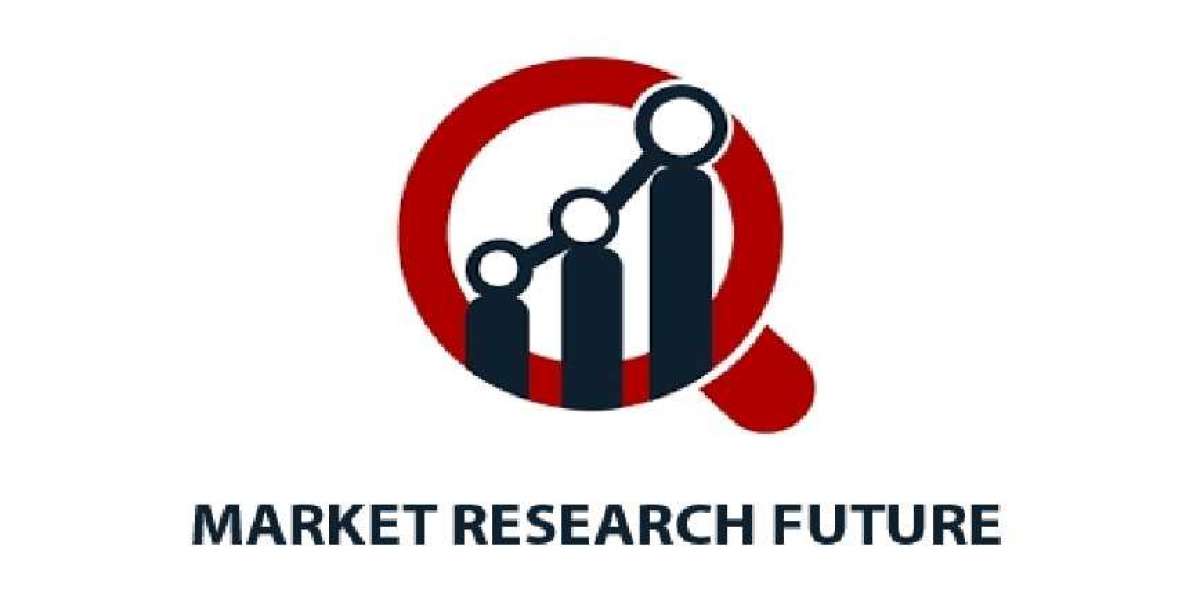Market Forecast
In 2020, the global low alcohol beverages market was valued at USD 889.7 million and is expected to register a CAGR of 4.3% between 2021 and 2028. Low alcohol beverages include drinks that have an “alcoholic strength by volume” (ABV) of between 0.05% and 1.2%. Low alcohol beverages are going mainstream and are set to become serious contenders in the overall beverage industry in the next couple of years. One of the key driving forces behind its growth is rising consumer awareness, especially among young millennials, about the health risks associated with excessive alcohol intake. Consumers are becoming increasingly conscious about their physical and mental health, leading to a decline in the consumption of high ABV beverages.
The American population is increasingly giving up alcoholic beverages, prompting some of the top brewers and liquor companies to push beyond their traditional alcohols and look for energy drinks, non and low-alcoholic beverages. This is evident from the steep decline in beer consumption in the US in 2017 (~1%), 2018 (~2.3%), and 2019 (~3.7%) respectively, according to MRFR analysis. Additionally, low alcohol beverages prove to be a great way of reducing the consumption rate of high alcohol content beverages. Major brewers and liquor manufacturers are utilizing this lucrative opportunity. This leads to the launch of extensive ranges of low- and non-alcoholic beers by brands such as Budweiser and Heineken. Brewer AB InBev’s—one of the largest brewing companies in Europe—generates over 8% of its total revenue from zero and low-alcohol beers and is expected to increase its share of sales up to 20% by 2025.
Additionally, the outbreak of COVID-19 has resulted in a surge in demand for the low alcoholic beverages market across the globe. Instead of a steep decline in sales, the low alcohol beverage category has reinforced its category importance. People across the globe, especially the millennial population, are making healthier choices and the outbreak of Covid-19 has further augmented the sales of these beverages. According to MRFR analysis, a sizeable share of the boom of low alcohol beverages was a result of stockpiling. For instance, in the UK, post Covid-19 outbreak, sales of low and non-alcoholic beverages soared by over 32% in March 2020 covered to the previous year. The country has stockpiled over USD 1.42 million of low and non-alcoholic drinks amid the onset of Covid-19. However, this surge is only for a limited period and is anticipated to normalize once the outbreak eases.
Key Players of Low Alcohol Beverages Market
- Anheuser Busch InBev.
- Carlsberg Group
- Beam-Suntory
- Constellation Brands
- Diageo Plc
- Heineken Holding Nv
- Accolade Wines
- United Breweries Group
- The Brown–Forman Corporation
- Bacardi Limited
low alcohol beverages Market Access full report @ https://www.marketresearchfuture.com/reports/low-alcohol-beverages-market-10539
Growing demand for low-alcohol RTD beverages: Low-alcohol RTD beverages are becoming trending in the market. Consumers are embracing such beverages as they are lighter and have low cabstand alcohol content. Rising health consciousness, especially among the millennial population has led to the popularity of low alcohol RTD beverages. Additionally, convenience in handling, the advent of more sophisticated flavors, new packaging styles, and effective marketing strategies are a few other factors propelling its growth in recent years. Low-alcohol RTD beverage sales increased amidst the Covid-19 outbreak. Stockpiling and panic buying has been a major factor behind its increase. Leading alcohol beverage companies are quickly shifting their focus toward consumer needs and are adding more functional ingredients into their low alcohol RTD beverages.
The rising popularity of online distribution channels: The popularity of online sales of low-alcohol beverages is increasing across the globe. The presence of abundant product variations at reasonable rates has resulted in the growing popularity of the online channel. Additionally, post the Covid-19 outbreak, e-commerce channels have witnessed exponential low alcohol beverages market growth rate. According to MRFR analysis, e-commerce channels have witnessed over a 40% increase in sales since March 2020. For instance, due to the closure of bars and pubs in the UK, online sales of no and low alcohol beverages have surged since March 2020 by over 20%, according to MRFR analysis. Hence, the global pandemic is expected to leave a permanent increase in demand for online sales of alcoholic beverages including the low alcohol category in the coming years.
NOTE: Our Team of Researchers are Studying Covid19 and its Impact on Various Industry Verticals and wherever required we will be considering Covid19 Footprints for Better Analysis of Market and Industries. Cordially get in Touch for More Details.






